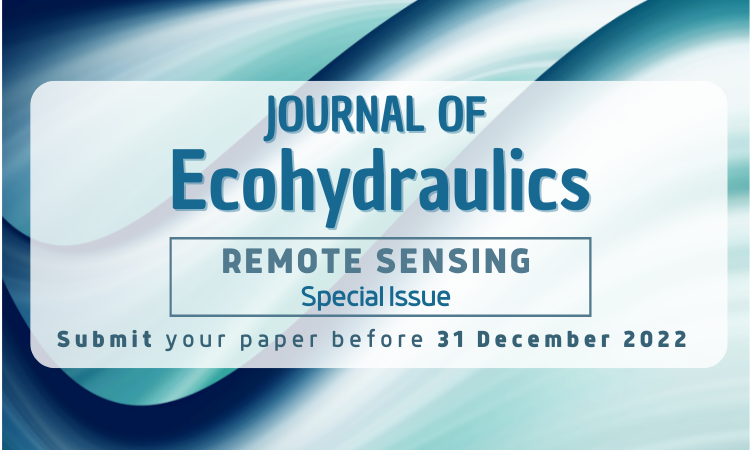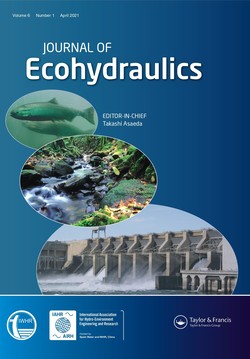Special issue on Remote Sensing in Ecohydraulics
Remote Sensing in Ecohydraulics | Journal of Ecohydraulics
You can submit your paper before 31 December 2022
Special Issue Editors:
Michael Nones, Institute of Geophysics PAS, Poland
Roser Casas-Mulet, Technical University of Munich, Germany
Daniele Tonina, University of Idaho, Centre for Ecohydraulics Research, USA
Agata Keller, Warsaw University of Life Sciences, Poland
Rafael Tinoco, University of Illinois at Urbana-Champaign, USA
Baptiste Marteau, CNRS, France

Habitat modeling has become a necessary tool in evaluating the status of water environments and to support the development of strategies and plans for improving their ecological status, guaranteeing ecological benefits and reducing anthropogenic effects. Despite the rapid growth of numerical models, both hydraulics (hydraulic and morphological models) and biological (e.g., bio-energetic and individual based models) modeling, their application to fluvial systems is hindered by a lack of supporting data at spatial scales larger than a single reach or at temporal scale beyond steady state or single event and data necessary for model performance evaluation.
Recent advances especially in remote sensing may help to address this data needs. These advances may include but not limited to technique using satellite and airborne devices (e.g., topo-bathymetric surveys, discharge, water surface elevation, water temperature and surface velocity, organisms’ distribution including vegetation, fish and macro-invertebrate) and or telemetry.
This Special Issue aims to provide examples of novel and innovative tools for monitoring the physical and biological characteristics of water systems across spatio-temporal scales, as well as to review the actual state-of-art on using non-contact methods for monitoring biotic and abiotic components in water environments.
